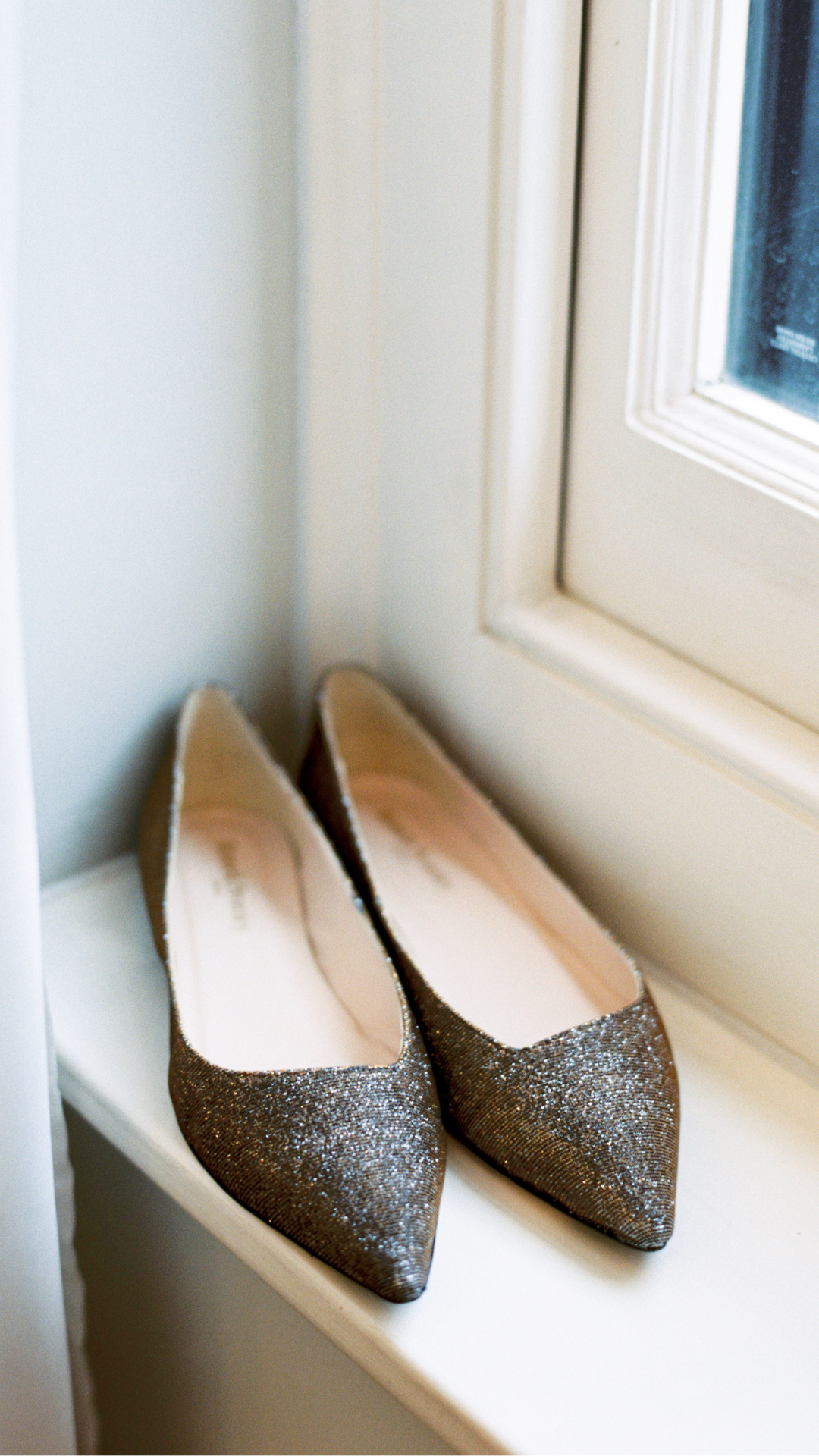High heels can be a stylish addition to your wardrobe, but they often come at a cost to your foot health. We often see the consequences of prolonged high heel use—everything from blisters and bunions to long-term issues like joint pain and tendon problems. However, with a few adjustments and mindful choices, you can wear heels more comfortably and reduce the risk of damage. Here’s my advice for stepping out in heels safely and stylishly.

1. Choose the Right Heel
Not all heels are created equal. Opting for a more foot-friendly design can make a significant difference.
Height Matters: stick to heels no higher than 2-3 inches for regular wear. The higher the heel, the greater the pressure on the ball of your foot and toes.
Chunky or Block Heels: Wider heels distribute your weight more evenly and provide better stability than narrow stilettos.
Platform Soles: A small platform can reduce the effective height of the heel and lessen the strain on your foot.
2. Prioritise Proper Fit
Ill-fitting heels can cause pain and long-term problems. Here’s what to look for:
Room for Toes: Avoid pointed or narrow toe boxes that pinch your toes. Rounded or almond-shaped designs are more forgiving.
Snug Fit: Your heels should fit snugly to prevent your foot from sliding forward. This reduces pressure on the ball of the foot and prevents blisters.
Try Them On: Always try heels on in the afternoon or evening when your feet are naturally more swollen.
3. Invest in Quality
Cheap high heels might be tempting, but investing in a well-made pair can protect your feet. Look for features like:
Cushioned Insoles: Padding in the ball of the foot and arch areas provides much-needed support.
Stable Construction: Quality materials and sturdy soles improve balance and reduce the risk of ankle injuries.
Breathable Linings: Leather or other breathable materials help prevent excessive sweating and reduce the risk of irritation.
4. Limit Your Time in Heels
Even the best-designed heels can put strain on your feet if worn for extended periods.
Save Them for Special Occasions: Avoid wearing heels all day, every day. Reserve them for events or short outings.
Take Breaks: If you’re out for an extended period, bring a pair of flats or comfortable shoes to switch into.
5. Strengthen and Stretch Your Feet
Regular foot exercises can help counteract the strain caused by wearing heels.
Toe Stretches: Stretch your toes by spreading them apart and holding the stretch for a few seconds.
Calf Raises: Strengthen your calves by lifting your heels off the ground while standing.
Roll a Ball Underfoot: Use a small ball (like a tennis ball) to massage and stretch the arch of your foot.
6. Use Accessories for Comfort
Small accessories can make a big difference in comfort and support.
Gel Inserts: Cushioned gel pads or insoles can reduce pressure on the ball of your foot.
Heel Grips: Prevent blisters and keep your heels from slipping out of the shoe.
Moleskin or Blister Pads: Apply these to potential problem areas before wearing your heels.
7. Know the Risks of Frequent High Heel Use
Wearing high heels regularly can lead to various foot problems, including:
Bunions: These painful bumps can develop from pressure on the big toe joint, especially in tight, pointed heels.
Hammer Toes: High heels can cause toes to bend abnormally, leading to discomfort and deformities.
Plantar Fasciitis: The lack of arch support in many heels can strain the plantar fascia, causing heel pain.
Achilles Tendon Issues: Wearing heels shortens the Achilles tendon over time, leading to stiffness and discomfort when switching to flat shoes.
Understanding these risks can help you make more informed choices about your footwear.
8. Recovery After Wearing Heels
After a day or night in heels, take steps to soothe and recover your feet.
Soak Your Feet: A warm Epsom salt bath can relieve tension and reduce swelling.
Massage: Use your hands or a massage tool to gently work out any knots or tension in your feet and calves.
Stretch: Stretch your toes, arches, and calves to counteract the effects of being in heels.
9. Consider Lower Heel Alternatives
If you love the look of heels but hate the pain, consider alternatives like:
Kitten Heels: These provide a small lift without the intense pressure of higher heels.
Wedge Heels: These distribute weight more evenly, offering better support and stability.
Dressy Flats: Elegant flats can be just as stylish and much kinder to your feet.
10. Know When to Seek Help
If you experience persistent foot pain, numbness, or deformities, it’s time to see a podiatrist. Prolonged issues can lead to chronic problems if not addressed. We can assess your foot health and provide advice or treatments to prevent further damage. Get in touch.
High heels don’t have to spell disaster for your feet, but moderation and smart choices are key. Invest in well-fitting, quality shoes, take breaks, and prioritise foot care to enjoy your heels without compromising your health. Remember, looking good doesn’t have to hurt!
If you have any questions or concerns about your foot health, don’t hesitate to book an appointment us. Your feet deserve the best care.

